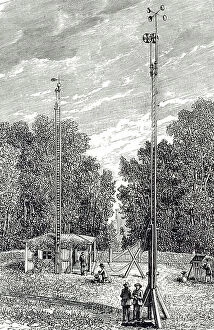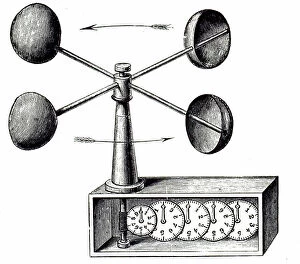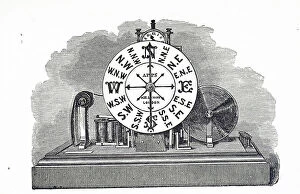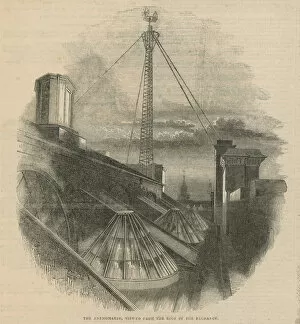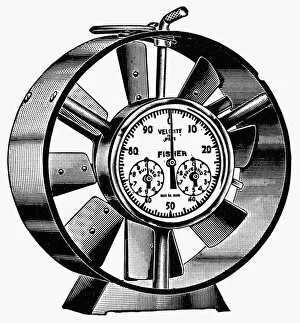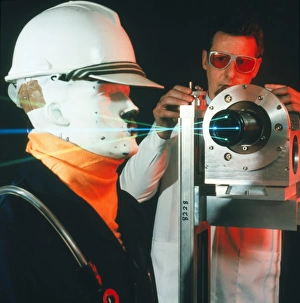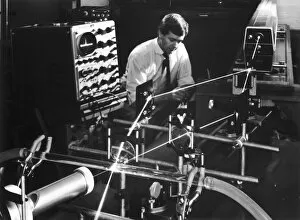Anemometer Collection
The anemometer, a device used to measure wind speed, has played a crucial role in various historical events and scientific advancements
All Professionally Made to Order for Quick Shipping
The anemometer, a device used to measure wind speed, has played a crucial role in various historical events and scientific advancements. In the bustling city of London, a visit to Lloyds - the insurance hub for ships - offered a unique perspective on this instrument. From the roof of the Exchange, one could witness the impressive sight of an anemometer in action, capturing every gust that swept through the city's skyline. Another engraving depicted not only an anemometer but also a raingauge at Lloyds. This combination showcased how meteorological measurements were vital for assessing risks and ensuring ship safety during turbulent weather conditions. Professor David Standing stood proudly beside Mawsons Anemometer in 1908. This image captured his dedication to understanding atmospheric dynamics and further improving these devices' accuracy. In 1911, two blizzards struck with immense force. The artist George Clarke Simpson skillfully portrayed these natural phenomena while highlighting their destructive power. Anemometers became essential tools during such extreme weather events as they provided valuable data for forecasting and warning systems. Even back in 1866, scientists recognized the importance of accurate wind measurement at places like Kew Observatory. An anemometer was installed there to study wind patterns and gather invaluable information about climate changes over time. Beyond land-based observations, cruise liners like Legend of the Seas utilized advanced meteorological systems including anemometers off Marseilles, France. These instruments ensured passenger safety by monitoring wind speeds during voyages across vast oceans. However, not all days were filled with strong winds; sometimes nature would grant moments of calmness known as "windless" periods when even anemometers remained still – reminding us that tranquility can be found amidst chaos. An iconic symbol often associated with weather measurement is the classic combination of both anemometer and wind vane working together harmoniously atop rooftops or fields worldwide – guiding our understanding of prevailing winds.

